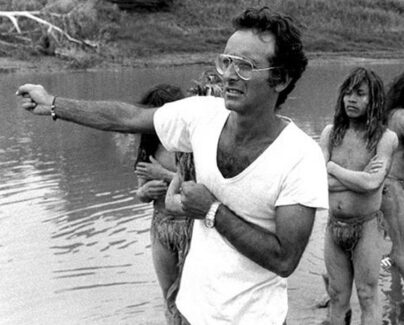 To hear exploitation buffs tell it, Italy’s recently deceased Ruggero Deodato was an auteur on the order of Bergman and Fellini. To others he was a conscience-free exploiteur in the same category as his fellow countrymen Gualtiero Jacopetti and Franco Prosperi (of MONDO CANE and GOODBYE UNCLE TOM), who were famously dismissed by Pauline Kael as “the most devious and irresponsible filmmakers who have ever lived.” In reality Deodato was something else entirely: a talented craftsman who turned out a variety of films in an industry that didn’t exactly prize artistry.
To hear exploitation buffs tell it, Italy’s recently deceased Ruggero Deodato was an auteur on the order of Bergman and Fellini. To others he was a conscience-free exploiteur in the same category as his fellow countrymen Gualtiero Jacopetti and Franco Prosperi (of MONDO CANE and GOODBYE UNCLE TOM), who were famously dismissed by Pauline Kael as “the most devious and irresponsible filmmakers who have ever lived.” In reality Deodato was something else entirely: a talented craftsman who turned out a variety of films in an industry that didn’t exactly prize artistry.
According to one commentator, Deodato “will be missed but his films will continue to shock and awe.” A more accurate assessment would be “his film (singular) will continue to shock and awe,” as he’s really only remembered for CANNIBAL HOLOCAUST, the ne plus ultra of the Italian cannibal movie cycle of the 1970s and 80s, and one of the most powerful and upsetting exploitation films ever made.
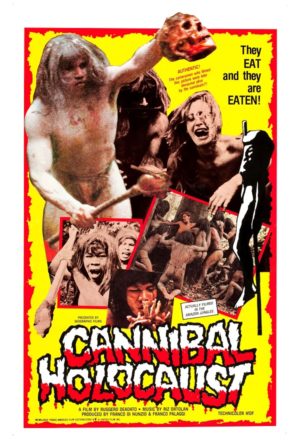 As author Harvey Fenton wrote, “While some see a powerful visionary work which critiques the roles of journalists and documentary filmmakers…others see only cruel exploitation.” I see the film both ways.
As author Harvey Fenton wrote, “While some see a powerful visionary work which critiques the roles of journalists and documentary filmmakers…others see only cruel exploitation.” I see the film both ways.
The jungle set CANNIBAL HOLOCAUST is indeed a robust piece of visionary filmmaking, it being one of the earliest, and best, examples of “found footage” horror, and also the Deodato film that best showcases the fruits of his apprenticeship under the great Roberto Rossellini (a pioneering Italian auteur with a talent for brutal realism). Yet in my view it’s also an indefensible example of exploitation vileness, with a final line, “Who are the real cannibals?,” that attempts to add a pompous moral angle to the eviscerations, dismemberments, impaling and real-life animal killings.
As with many a Pastaland exploitation filmmaker, such as his contemporaries Umberto Lenzi, Sergio Martino, Enzo G. Castellari and Lucio Fulci, Deodato was obliged to keep up with the latest filmmaking trends. To make a movie in Italy during the 1970s and 80s a filmmaker had to answer the all-important question “What’s this like?” In the case of CANNIBAL HOLOCAUST, the answer was Deodato’s 1977 film JUNGLE HOLOCAUST/Ultimo mondo cannibale, which provided a reasonably potent (though by no means equivalent) dry run for the later film. JUNGLE HOLOCAUST, for that matter, was itself “like” a previous release: Lenzi’s MAN FROM DEEP RIVER/Il paese del sesso selvaggio (1972), which is credited with starting the Italian cannibal movie cycle (fittingly, Lenzi would later turn out 1981’s CANNIBAL FEROX, one of the most blatant and notorious CANNIBAL HOLOCAUST wannabes).
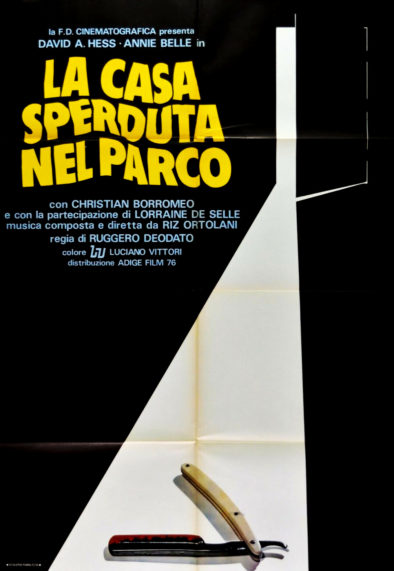 HOUSE ON THE EDGE OF THE PARK/La casa sperduta nel parco (1980) was a fitting follow-up to CANNIBAL HOLOCAUST, bearing the same combination of wrenching violence and trite, hypocritical moralizing. It’s set at a party of rich assholes waylaid by LAST HOUSE ON THE LEFT’s David Hess, playing a homicidal nut who subjects the partygoers to all manner of degradation until, in an uptown equivalent to CANNIBAL HOLOCAUST’S pompously reflective finale, the tables are turned as we learn that the “real cannibals” are the partygoers—and, by extension, the audience.
HOUSE ON THE EDGE OF THE PARK/La casa sperduta nel parco (1980) was a fitting follow-up to CANNIBAL HOLOCAUST, bearing the same combination of wrenching violence and trite, hypocritical moralizing. It’s set at a party of rich assholes waylaid by LAST HOUSE ON THE LEFT’s David Hess, playing a homicidal nut who subjects the partygoers to all manner of degradation until, in an uptown equivalent to CANNIBAL HOLOCAUST’S pompously reflective finale, the tables are turned as we learn that the “real cannibals” are the partygoers—and, by extension, the audience.
CUT AND RUN/Inferno in diretta (1984) offered a more action-friendly take on CANNIBAL HOLOCAUST’S themes, though with plenty of nastiness (excised from the film’s US and UK versions) to remind us of its director’s pedigree. It’s set, once again, in a “green inferno” where several C-list American stars—Lisa Blount, Willie Aames, Richard Lynch, Eriq La Salle, Karen Black—enact a violence-heavy drama involving a Jim Jones-ian cult leader and (of course) cannibals.
Mentioning JUNGLE HOLOCAUST, HOUSE AT THE EDGE OF THE PARK and CUT AND RUN in the same breath as CANNIBAL HOLOCAUST is wrong, as they simply don’t approach it in terms of drama, provocation or filmmaking prowess. In fact, if those three non-CANNIBAL HOLOCAUST films were all Deodato was known for I wouldn’t bother writing this obituary.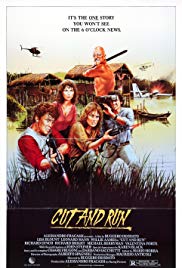
Of the many other films made by this famously prolific filmmaker there’s little to say. Many were projects he inherited from other directors, such as HERCULES, PRISONER OF EVIL/Ursus il terrore dei kirghisi (1964), which he took over from Antonio Margheriti after two weeks (although Margheriti got sole credit), and GUNGALA, THE BLACK PANTHER GIRL/Gungala la pantera nuda (1968), a gender swapped TARZAN wannabe whose filming commenced under the direction of Romano Ferrara but was completed by Deodato. The aforementioned CUT AND RUN was another example of a project intended for another director, in this case Wes Craven, as was THE BARBARIANS (1987), a silly Cannon fantasy initially directed by STRANGLER VERSUS STRANGLER’s Slobodan Sijan.
Other films were (in Deodato’s words) “forced on me by the producer,” as was the case with the middling slasher pic BODY COUNT/Camping del terrore (1986). Others, such as the rotgut fantasy-actioner ATLANTIS INTERCEPTORS/I predatori di Atlantide (1983), the possessed telephone thriller DIAL: HELP/Minaccia d’amore (1988) and the giallo pastiche THE WASHING MACHINE/Vortice mortale (1993), were flat-out wastes of time, on the parts of both Deodato and the viewer.
The unevenness of Deodato’s filmography has inspired accusations of selling out. See Chas. Balun’s 1991 essay “The Strange Case of Ruggero Deodato: From Cannibals to Compromise in Ten Easy Years,” which compared Deodato’s career to that of Francis Ford Coppola after APOCALYPSE NOW (a rare film that does deserve to be compared to CANNIBAL HOLOCAUST): “Coppola turned from the hellish nightmare of Col. Kurtz’s jungle inferno to the 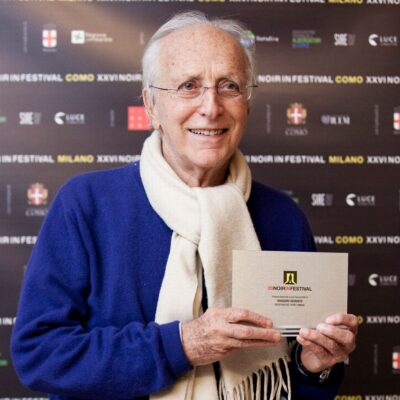 cheery, neon-lit playground world of ONE FROM THE HEART, so has Deodato forsaken his own heart of darkness for…ATLANTIS INTERCEPTORS and THE BARBARIANS?”
cheery, neon-lit playground world of ONE FROM THE HEART, so has Deodato forsaken his own heart of darkness for…ATLANTIS INTERCEPTORS and THE BARBARIANS?”
Perhaps. But on the whole Deodato’s filmography is actually quite accommodating to THE BARBARIANS and CANNIBAL HOLOCAUST, and also GUNGALA, THE NAKED PANTHERESS, HOUSE BY THE EDGE OF THE PARK, CUT AND RUN and DIAL: HELP. That such a varied oeuvre only yielded one masterpiece is sad, but it’s still better than most.
